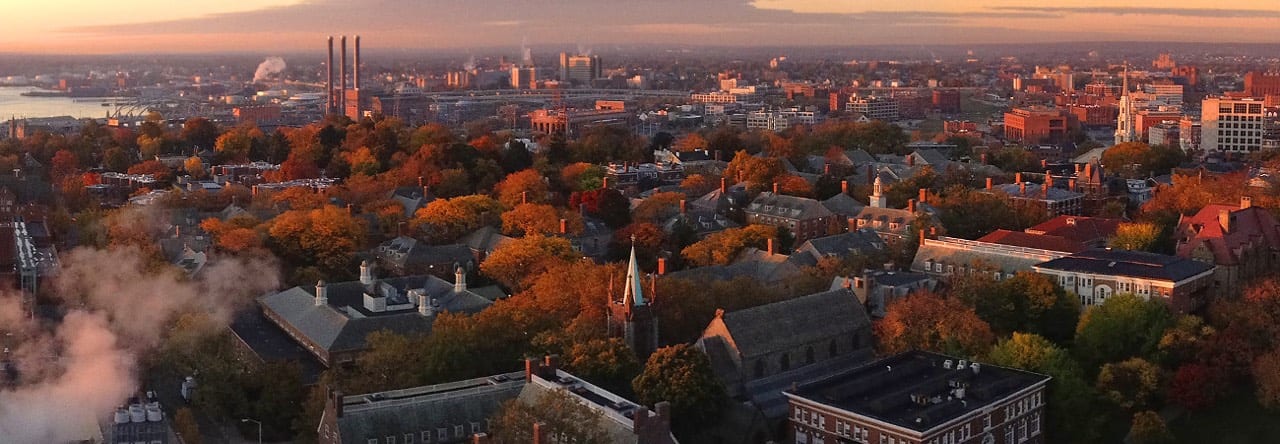By Maansi Gupta and Megan Zhang
For our project, we are making an educational module for Providence Public School District (PPSD) middle school students about the North Burial Ground (NBG). NBG is an incredibly old and incredibly large cemetery, encompassing almost 110 acres (1) and doubling as the city of Providence’s largest public green space. The first recorded burial was Samuel Whipple’s in 1711 (2). People from all walks of life have been buried here over the centuries, and a key part of NBG’s mission today is to ensure that it remains an affordable and accessible burial option for Providence families. As such, NBG serves as an excellent example of the intersection of the past and the present that is easily accessible to students in the city.
Our module has two goals: 1) to bring attention to the underrepresented histories of Providence, especially those of women and people of color, and 2) to help students understand how everyday archaeology and history can be applied to their own lives. We felt that this mission would be best accomplished in two parts: a tour and a scavenger hunt. The tour focuses on the people buried within NBG while the scavenger hunt highlights other exciting features of the landscape.
To accomplish our goals, we began with a simple tour of NBG with Annalisa Heppner, our main contact at NBG. She showed us notable markers in the graveyard including headstone motifs, natural processes of decomposition visible on various gravestones, and the classical architecture that some of the deceased and their families used to commemorate the dead. This was a valuable opportunity for us to explore both the physical formation of the burial ground, as well as the ways in which history can be seen today.

With some context behind us, we then researched people to include on our tour. This has been quite challenging because of our interest in focusing on lesser-told stories. As with any project working with this lens, it has been somewhat difficult to find primary and secondary sources regarding the folks we would most like to highlight. Their narratives are difficult to locate in the archives due to illiteracy, socioeconomic inequality, and RI’s dark history of slavery. We dove into several sources from NBG itself, a project about NBG by Rhode Island College students, autobiographies written by notable people buried in the graveyard, and records from the Rhode Island Historical Society. Finally, after much digging, we compiled a list of about ten individuals who we ultimately chose to highlight on our tour. We are currently working on designing our scavenger hunt and testing the module.
It was incredibly interesting to learn how Providence as it was in the 1800s is still connected to the Providence of today. For example, many of the houses that notable figures lived in are still standing today, such as Edward Bannister and Roger Williams’ houses. There are also buildings in today’s Providence which are connected to people of the past who are now buried in NBG, like Market House, the Providence Arcade, and Butler Hospital. It was exciting to read accounts from the 1800s and be able to pinpoint exactly where locations like Power St. and Williams St. are. A lot of research time was spent on Google Maps trying to locate houses and buildings either by name or description (for example, on the corner of Olney St. and North Main St.).
One major challenge that came about during this project was trying to schedule a tour with a PPSD middle school class. Unfortunately, possible dates almost always conflicted with PPSD’s spring break or RICAS testing dates. If this project were to be enhanced or incorporated by another program in a more permanent way, it would be advantageous to be aware of these possible conflicts and begin planning with PPSD months in advance. We are resolving this issue by inviting university students to attend our module; however, the module will still be designed with a younger audience in mind as we hope that it can be used in the future.
Sources:
- City of Providence. “North Burial Ground.” https://www.providenceri.gov/providence-parks/north-burial-ground/
- City of Providence. 1897. North Burial Ground Records.



